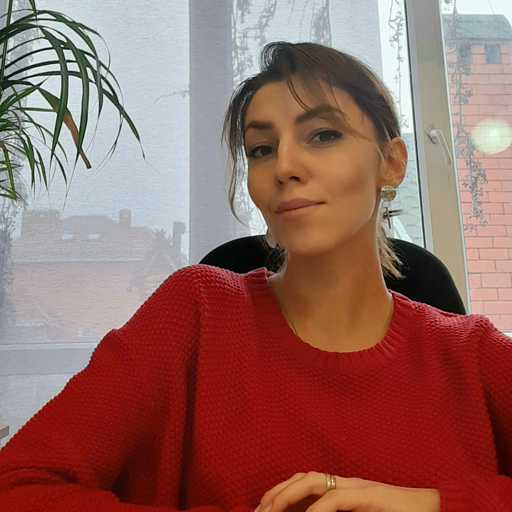How to get twice as many leads and increase the sales by 35% in B2B.
actual conversions
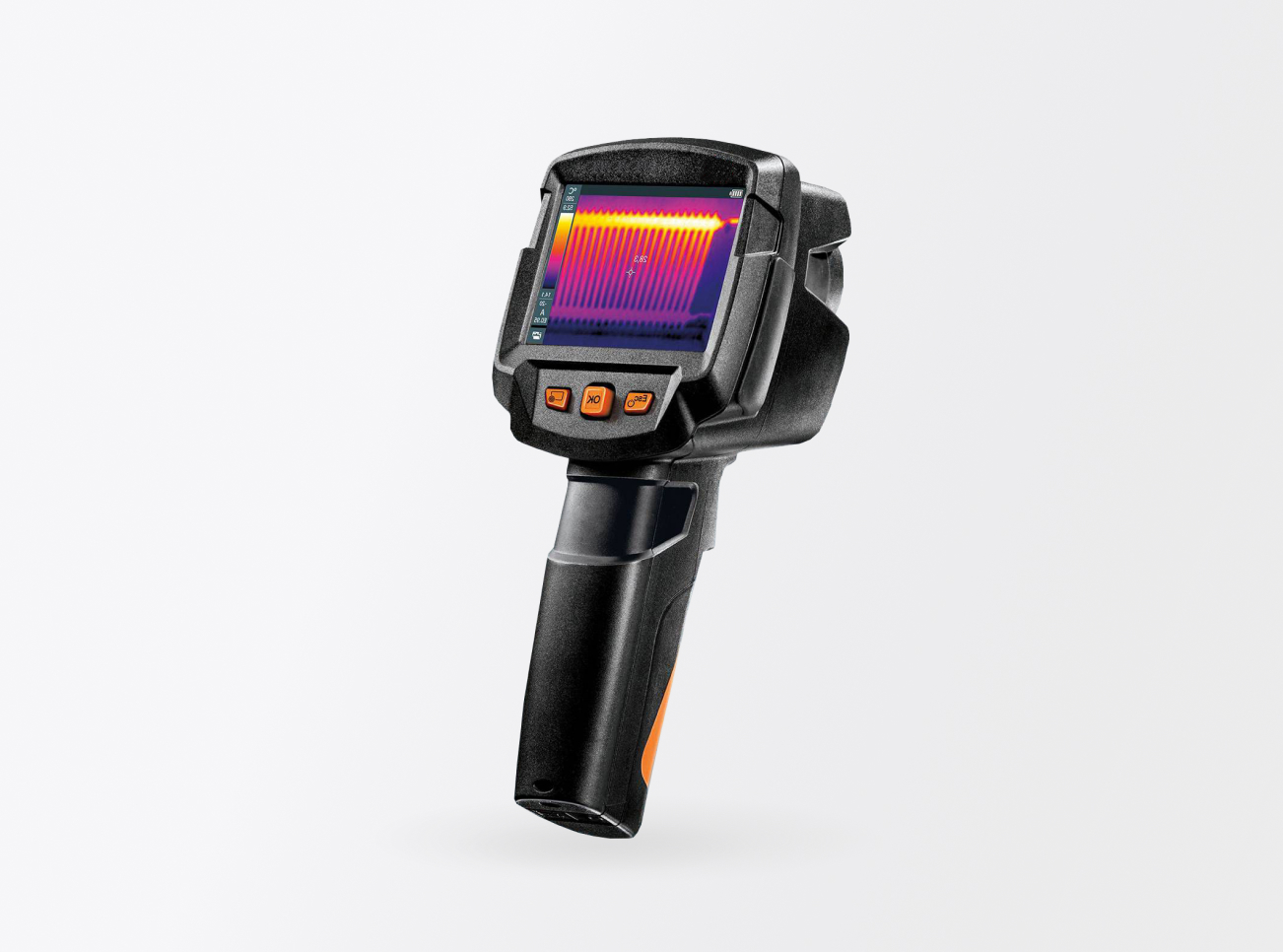

Develops and manufactures control and measuring devices, electrical laboratories, supplies equipment to Russia, Belarus, Kazakhstan, Armenia and Kyrgyzstan.
Reduce bounces, increase actual sales (quality of orders).
Bounces are reduced by 70%, sales are increased by 35%.
The customer did self-serve advertising for several years with traffic of 10,000+ people per month, average conversion price of 300 rubles; conversion rate of 10%. However, advertising did not contribute to the sales, and the bounce rate was embarrassing – of about 90%. In summer 2020 it became obvious that the company didn't have time to deal with the issue, and decision was taken to delegate advertising to professionals.
We will share the results of our work on this case, dwell on the problems that companies face during self-serve advertising, and on the way mutual trust increases the revenue of both the companies and the Internet agencies.
At the first meeting the customer said that their advertising campaigns could result in more sales, but they did not succeed to find mistakes and analyze the funnel properly. Therefore, we had to adjust the settings of the campaigns and use some additional analytics tools.
The customer wished to work with three KPIs: to keep conversion and traffic at the same level, but to have fewer bounces. The company believed that this would increase the sales. At the first stage we did not agree on the number of leads.
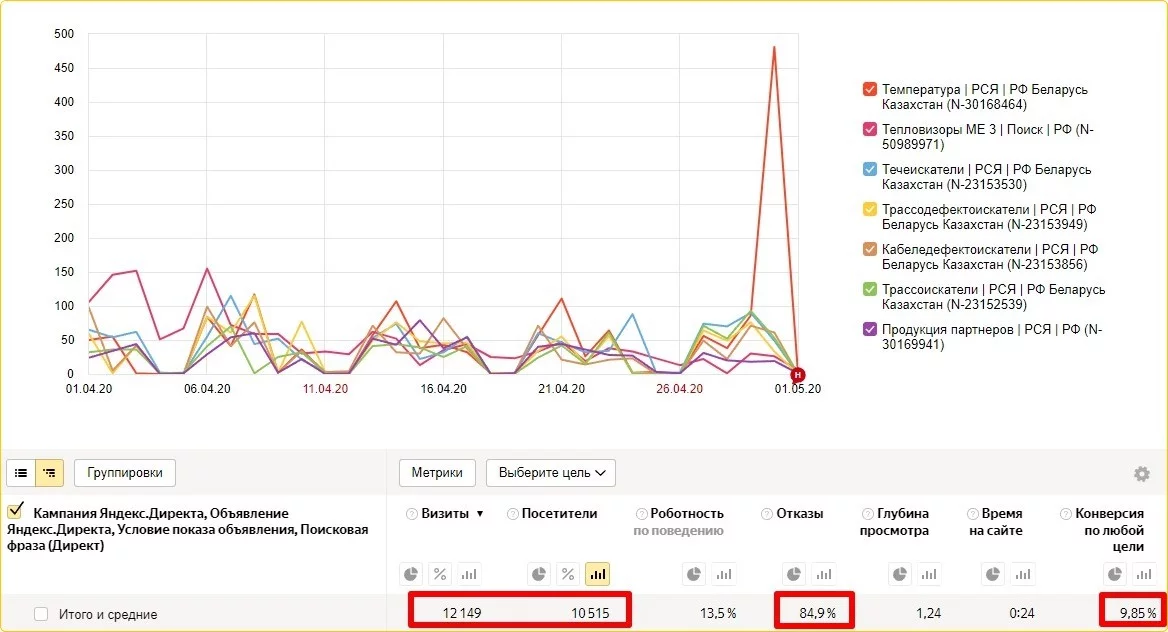
Traffic indicators in Yandex Metrics before the start of work.
We found it strange that the customer did not have enough sales with such indicators. Was the website not functioning properly? Or was the price not in line with the market? What about the terms of payment and delivery? Was it for the advertisements being irrelevant to landing pages? Or maybe the sales department did not have enough time to process the orders?
There were quite a few questions, so at the start of the work we agreed to rely on three metrics:
We formed a project team of subject matter experts:
We had three weeks to launch the project. Within this time we collected a large semantic core of queries in the necessary types of equipment, and worked through 10 areas.
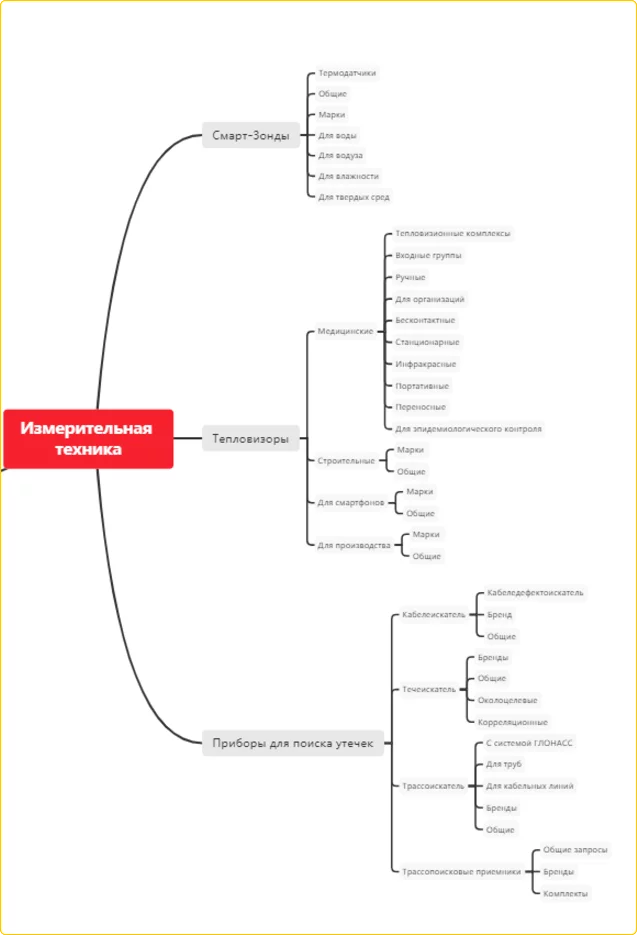
Fragment of semantics on three directions.
We analyzed the competitors in each area. As there were several ones, areas for each product niche were different. For instance, there were virtually no overlaps with the competitors that produce thermal imagers, smart probes, contact thermometers and mobile laboratories. Basically, they all specialize in only one area.
We discussed the unique selling proposition for each area. Based thereon we prepared advertisements, in the texts of which, in the clarifications thereto and in the quick links we indicated the advantages:
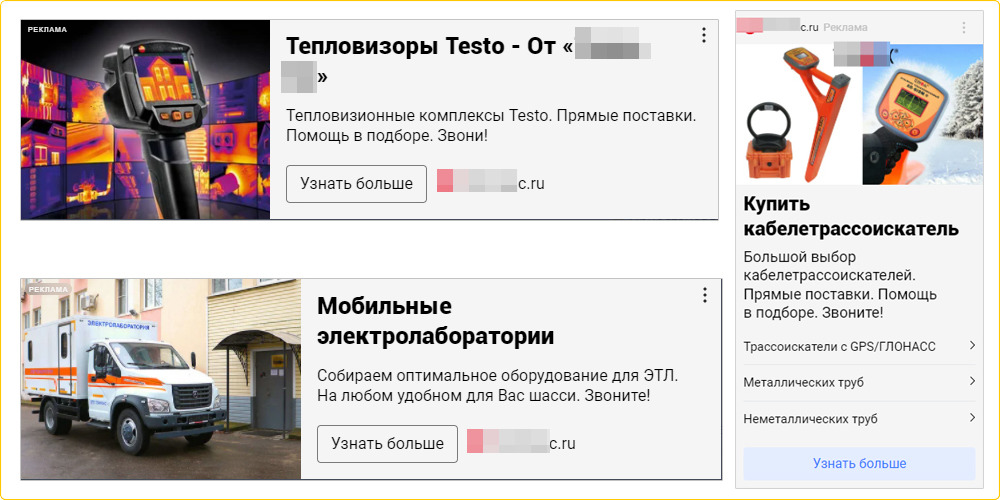
Examples of advertising creatives.
We set up the advertising campaigns in Yandex Direct and in Google Ads. We launched impressions in the search and the social media.
